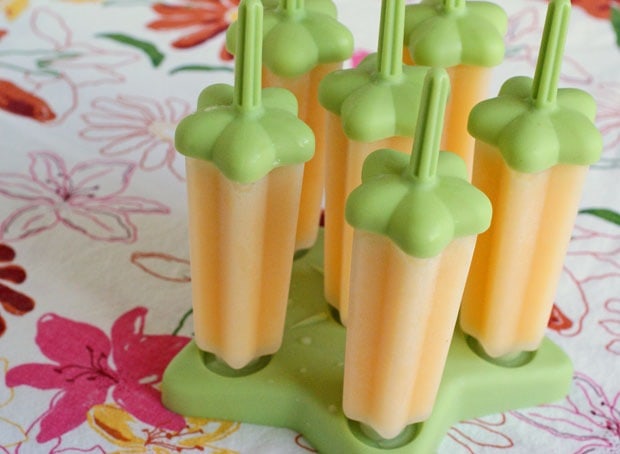
By: Coach Maria - Salus Nutritionist & Food Expert
This recipe packs a huge protein punch! For athletes, this is fuel food!
Easy to make and conveniently portable.
I've included a variation of this recipe for your post-workout recovery fuel.
Ingredients
serves 2
1 precooked chicken breast (season as desired)
3 eggs
Coconut oil
Heat a bit of coconut oil in a cast iron skillet over med or med low heat (other pan will work as well).
Using a food processor, blend ingredients until completely smooth (will look like a thick pancake batter).
Spread about a 1/4 cup of batter on skillet and move skillet around until the batter spreads evenly so it's not so thick.
Cook for about 2 minutes on each side (or less, depending on your skillet). Keep a close eye on them!
Post-Workout Recovery Pancake
Ingredients
serves 4
1 precooked chicken breast
1 small sweet potato
1/2 onion
2 eggs
2-4 tblps almond flour
choice of herbs '
coconut oil or ghee
Heat a bit of coconut oil or ghee in a cast iron skillet (or other skillet) over med or med low heat.
Take out your food processor (this makes life easy!) and process chicken until finely chopped. Do the same with the sweet potato, then the onion (I like to use my shredder attachment for everything).
Dump all ingredients into the food processor, add eggs and herbs and pulse a few times until well mixed.
Drop a 1/4 cup of mixture on to your heated skillet and cook until a golden brown (2-3 minutes per side).










